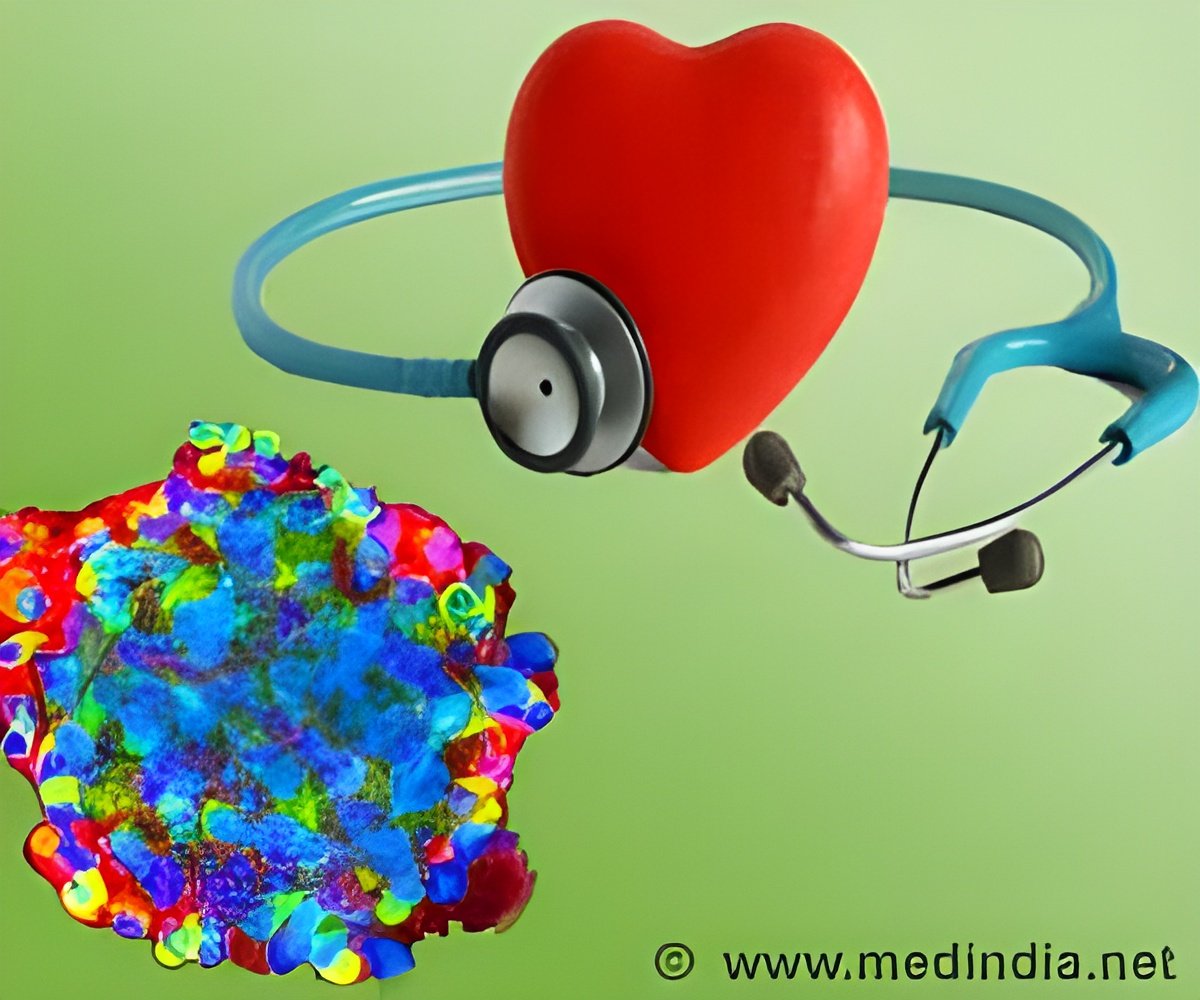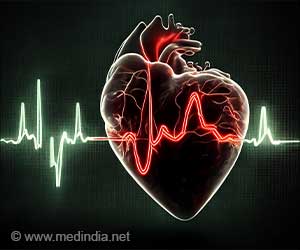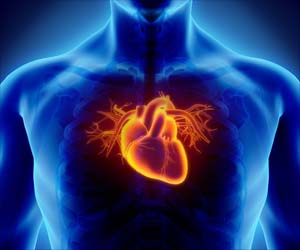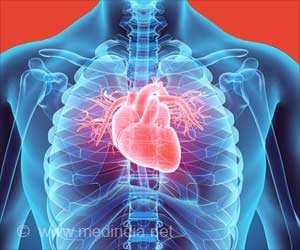Healing after injury is possible with the heart's own pool of immune cells.

In both cases, these immune cells are called macrophages, whether they reside in the heart or arrive from the bone marrow and although they share a name, where they originate appears to determine whether they are helpful are harmful to an injured heart.
In a mouse model of heart failure, the researchers showed that blocking the bone marrow's macrophages from entering the heart protects the organ's beneficial pool of macrophages, allowing them to remain in the heart, where they promote regeneration and recovery and these findings may have implications for treating heart failure in humans.
First author Kory J. Lavine said that researchers have known for a long time that the neonatal mouse heart can recover well from injury and in some cases can even regenerate, for instance, if the lower tip of the neonatal mouse heart is cut off, it can grow back, but if the same thing is done to an adult mouse heart, it forms scar tissue.
Lavine added that the same macrophages that promote healing after injury in the neonatal heart also are present in the adult heart, but they seem to go away with injury, which may explain why the young heart can recover while the adult heart can't.
The study is published in The Proceedings of the National Academy of Sciences Early Edition.












